M Color Diamond – Is It Too Yellow For Your Diamond Ring?
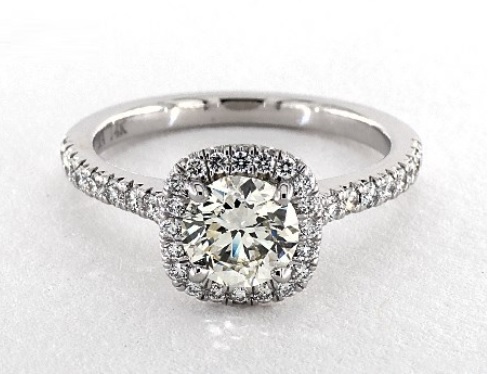
A beautiful 1.17 GIA certified M color diamond in a 14k white gold halo setting.
Diamond color is one of the most misunderstood attributes of the 4Cs. In the industry, there is a stigma against lower colored diamonds because of the perception that a whiter diamond is “better” and more beautiful.
However, “better” is a very subjective word because some people find the warmth of a lower colored diamond more appealing than the look of an icy-white appearance. In this article, we will dive deep into M colored diamonds which are often shunned by consumers.
You will find out what an M color diamond is, how they look like and why they can be attractive purchases. I will also reveal the insider tips for buying a stunning diamond and the best places to buy one.
What is an M Color Diamond?
The GIA diamond grading scale starts from D (colorless) and goes all the way down to Z (light color). As you can see from the chart below, M falls somewhere in the middle of the scale and it belongs to the “faint” category.

The GIA color grading scale from D – Z where diamonds are graded face down.
To the untrained eye, most people will not notice any color in diamonds from the colorless to the near-colorless range (i.e. D to I color). As we go down to the M diamond color grade, most people would be able to notice a tint of color easily.
The best way to see a diamond’s body color is to look at it from a side profile view. Below, I’ve listed 3 diamonds with different color grades as a comparison and you should be able to pick out color hues when the diamonds rotate to their sides.
Feel free to click on the images to interact with the diamonds yourself.
If you examine the diamonds in the face up view, you will notice that the color hue will be less pronounced. This is due to the interference from light return and brilliance created by the facets. Bear in mind that the face up view is the appearance you see after the diamond is mounted into a setting.
How Much is an M Colored Diamond?
The price of a diamond is largely determined by the 4Cs: cut, clarity, carat and color. It is also influenced by subtle details such as fluorescence, nature of inclusions or even the color tone that the diamond has.
Broadly speaking, if we were to compare diamond prices by keeping all other factors similar, you will see a massive price difference between M color grade diamonds against higher color grade diamonds.
I would also add that carat weight would have the largest impact on the price of a diamond and you would see disproportionate differences especially when comparing larger sized diamonds. Check out the price chart I compiled below to get an idea of how much an M color diamond will cost.

For some context, the price of an M color diamond would be roughly 50% less than that of a G color diamond which is a very popular color grade with consumers. I also want to point out the disparity in prices when comparing 1 carat size diamonds.
As you can see in the price chart above, the M diamond costs $3,280 while a D diamond would cost a whopping $14,120. That’s roughly 4 times more and a massive $10,840 difference. So, if you have a lower budget and still want a big carat size diamond, going down in the color scale would be a method to achieve that.
Should You Buy an M Color Grade Diamond? Is It Too Yellow?
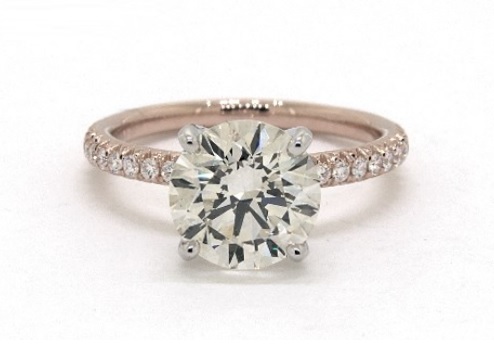
For larger sized diamonds, the color tint is going to be more pronounced like the 2ct stone above.
It really depends on what you are looking for and your personal preferences. If you are someone who is averse to seeing color in your diamond ring, an M diamond color is definitely not for you even though prices are much cheaper.
With M color diamonds, you should be embracing the color of the diamond and using the hue to your advantage. In my opinion, I find that they work really well in high contrast settings, vintage style rings and colored metal mountings.
While the general consensus is to achieve a colorless looking appearance by matching diamonds to white gold/platinum settings, you can create a bold statement by purposefully contrasting an M color diamond with a white metal setting.
The vintage appeal of ring can also be accentuated with an M diamond color due to the warmth it portrays. Likewise, you can complement the appearance of a yellow gold setting as a low colored diamond can blend in really well together.
Best Ring Designs For M Color Grade Diamonds And How They Look Like
I often receive questions from readers about how an M color diamond would look like and how it can affect the overall appearance of an engagement ring. In this section, I want to highlight 5 of my favorite ring designs that other people had bought.
Hopefully, this can offer some inspiration for you to find your perfect ring and also help you visualize how an M color engagement ring would look like in real life.
If you are interested to see the full details of the ring and the center stone (all of the rings have M color center stones), simply click on the respective images to do so.
What better way to stand out of the crowd than to do the opposite of what others are doing. While most people shun away from color when buying an engagement ring, you can create a contrasting appearance with a platinum solitaire ring. This simple 6 prong setting places the emphasis on the center stone.
This petite filigree engagement ring is made from 14k yellow gold and gives off a feminine vintage vibe. With an intricate shank that is carefully crafted, this diamond ring also resembles a flower bouquet when seen from a distance.
This breathtaking pave halo ring features a crossover shank that makes it look as if the setting is caressing the center stone. With the white gold metal surrounding the center stone, it helps “hide” the color hue of the M color diamond when seen in the face up view.
This antique floral ring design has exquisite milgrain workmanship which resembles falling leaves. It’s an excellent choice for people who want something unique yet meaningful. In the ring above, can you notice the faint yellow hue in the diamond which creates a contrast between the metal setting?
This modern rope style engagement ring features an intertwining pave and plain rose gold metal shank that draws your eye’s attention. The 4 claw prongs are made of white gold to help offset the color tint of the rose gold color from the setting.
Summary And Where Are The Best Places to Buy an M Diamond
An M colored diamond is ideal for people who are looking for a budget-friendly engagement ring or like to see a warm tone in their diamond. When paired well, an M color diamond can complement a yellow gold or vintage style setting perfectly.
The process of buying a diamond in the warmer end of the color spectrum is really no different from buying a whiter looking diamond. You should place your priority on the sparkle factor of the diamond and ensure that its cut quality is impeccable.
With that, I hope this article has offered useful insights into M color diamonds. Remember, color is subjective and beauty lies in the eye of the beholder. An M color diamond ring can be stunningly beautiful in its own way. Feel free to leave a comment below or get in touch if you have any further questions.
Related Articles
Leave A Comment

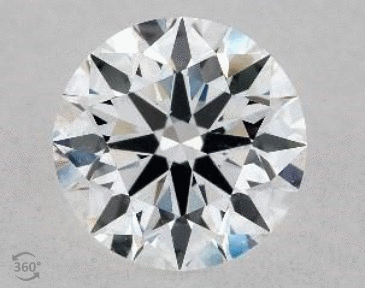
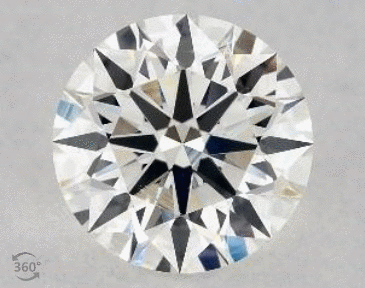
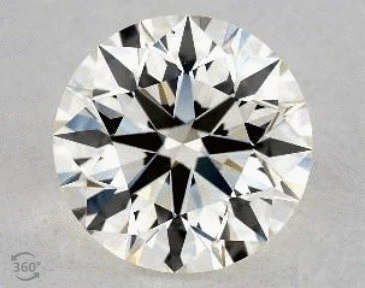
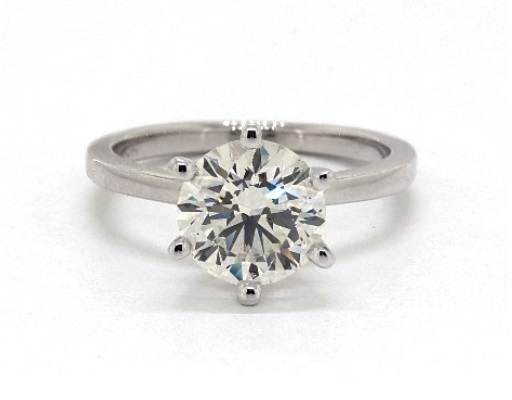
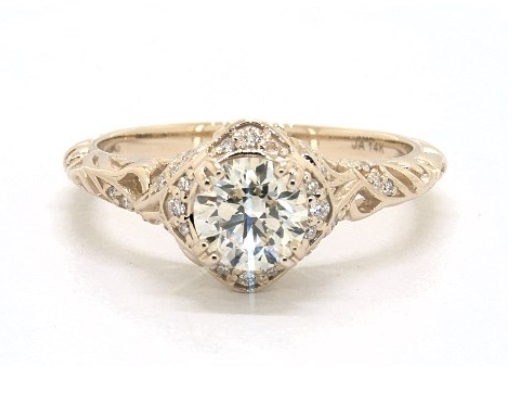
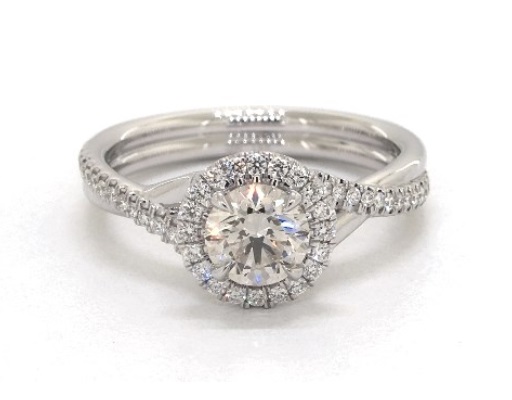
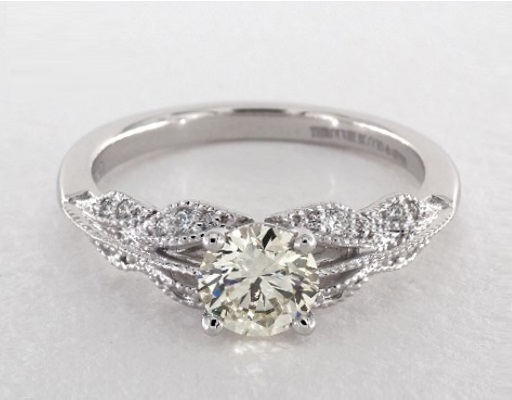
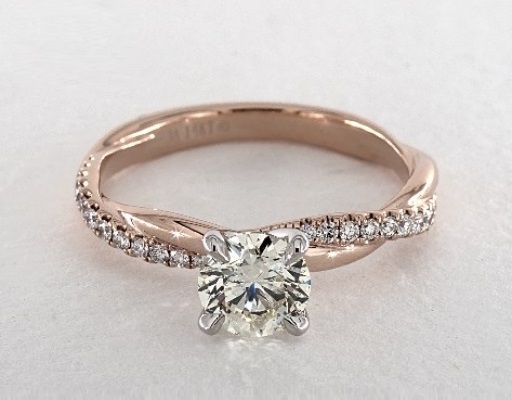
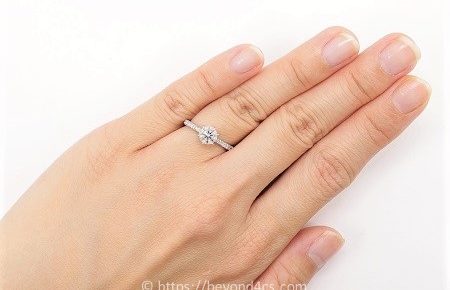
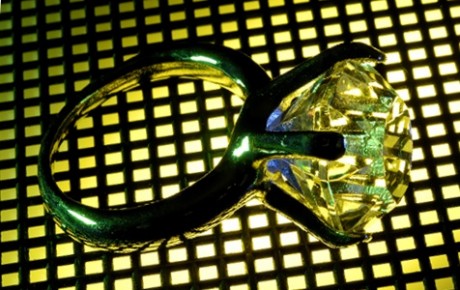
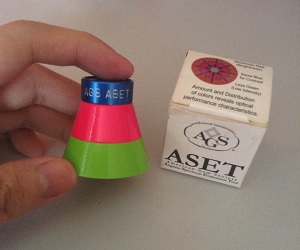
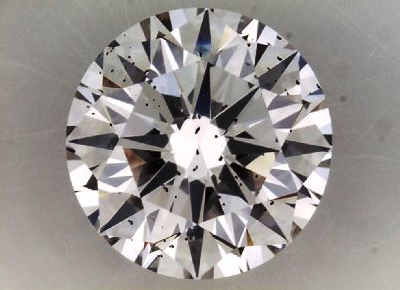









5 Comments
I find lower color diamonds to have fascinating appearances and had visited the websites you recommend. Compared to higher color diamonds, they seem to have a smaller inventory of M and L diamonds. I even tried looking for them in local jewelry stores but so far none of them say they sell these diamonds. Can you help me recommend an oval diamond with a budget of $6,000? I am looking at a 1.5 carat size with a simple rose gold solitaire setting.
Due to the market stigma of perceiving colorless diamonds as being “better” and “higher quality”, most dealers do not sell or stock M color diamonds in their inventory. I can help you out with the recommendation and had drop a note to your email address.
I am looking for a half carat diamond ring and am not sure whether a GIA certified M color diamond is too yellow for a 14k white gold ring setting. When I came across a ring in a pawn store, I could see some yellowish coloring in the diamond and was surprised that it was an M diamond because the lowest color I had come across in a jewelry store is a K grade. The differences don’t seem too obvious to me based on memory and I think the 1 carat K diamond ring I saw at Zales had more color in it.
Color sensitivity is really subjective and different people have varying levels of acuity. First of all, I need to explain that it is harder to discern color in smaller size carat diamonds in the 0.5ct range compared to a much larger diamond. This is because larger sized diamonds tend to “trap” more color in their body due to their size. So, if you are considering buying a smaller sized diamond, the M color grade might be a good option for people with small budgets.
Now, I want to address the part of the question about Zales. Is the diamond ring you saw at Zales graded by GIA? Chances are, it isn’t. If it isn’t, then this K color ring that was stated is likely to be inflated and the true color grade of the ring should be much lower than K. Even if it is graded by GIA, I would also say that it is very hard to make a comparison based on memory. Professionals like us make use of master stones in the lab to perform an accurate grading and never based on memory. If you want to know how yellow an M color grade is relative to the K or any other color, the best way to do this is to have them in a side by side comparison which is performed under the same type of viewing environment. That will take out all the variables that can cause our eyes to perceive color incorrectly. More likely than not, I think the jewelry you find at Zales comes with GSI documentation which isn’t as reliable as GIA’s.
At the end of the day, I would add that beauty is in the eye of the beholder. If you like a lower colored diamond, then go for it. I personally like higher color diamonds because my wife wants her diamonds to be colorless. There are different strokes for different people.
Paul, your article titled, M colored diamonds – is it too yellow for your diamond ring? Your insights and information were very helpful. I purchased a heart shape M-colored diamond, rose gold setting, flanked with two heart shaped rubies. I was able to get a 2 cart diamond, which looks beautiful, because of the buying power of the lower M color rating. It is GIA certified and laser inscribed.
As stated the beauty is in the eye of the beholder. And, I like to say, the measurement of value, is ones happiness.
Thank you,
J.R.